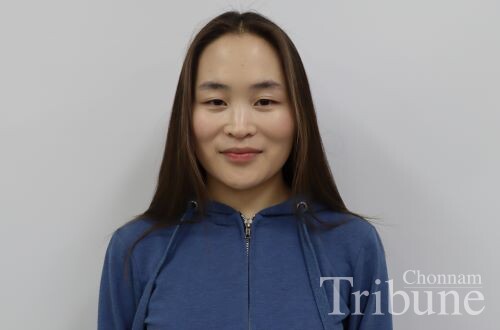
The Korean government is preparing for major changes in the healthcare industry. The Yoon Suk-yeol administration is considering boosting the yearly medical school enrollment quota by more than 1,000, according to official sources and local media reports. In view of an impending physician shortage and growing regional disparities in medical resources, the government is considering a significant increase in medical school enrollment quotas. This idea has already faced substantial opposition from doctors who advocate for more effective allocation and higher pay for physicians rather than just increasing the number of medical students.
However, South Korea's healthcare system is at a crossroads, and the government's proposal to considerably boost the enrollment limit for medical schools is a move in the right direction. While there are worries about the possible influence on the quality of medical education and training, it is critical to look at the bigger picture. South Korea is facing a healthcare crisis, with only 40 medical schools and the entire admissions quota staying steady at 3,058 since 2006. A large part of the problem is the present doctor shortage. Because of the unequal distribution of medical resources, certain regions are chronically underserved, and residents in these areas frequently struggle to get timely and quality treatment.
Expanding medical school enrollment is not only a practical answer to healthcare concerns, but it also serves as an example for other nations. This innovative technique has the potential to increase public service accessibility in remote areas far from metropolitan centers, in places such as cities in Mongolia. South Korea may provide an example for nations seeking to develop more fair healthcare systems by properly evaluating and executing this strategy.
By Gutema Saron Samuel, Reporter

